Has anyone ever recommended you toe mains-powered smoke alarms? Unlike, wireless smoke alarms these alarms will be powered by the mains, the primary power connection to your home that consists of 240V. It works just like other electrical equipment connected to your mains, but not portable like plug in detectors.
Read through to understand everything about a mains-powered smoke alarm system, including how it works, how it can be wired, and how to replace it.
What Is A-Mains Powered Smoke Alarm?
Quick Navigation
A mains-powered smoke alarm is connected to the primary owner connection. They are wired into the home’s electrical connection, which gets a supply of 230V. These alarms are more reliable as they are not dependent on batteries or cables.
Mains-powered smoke alarms also come with a battery backup just in case there’s a power outage. It forms a system of interlinked alarms connected over different rooms and floors.
They can be wired into an alarm wiring loop directly from the fuse box or correlated to the nearest light fitting. Power supply from the light fitting is easier and cheaper to install. So before buying one make sure you’re choosing a good mains power smoke detector that values for your money.
Why Is the Mains Powered Smoke Alarm Beeping?

1. How Do Smoke Alarms Work?
Smoke alarms mainly use two types of technology. They work either by photoelectric technology or ionization. Smoke alarms that use ionization have a chamber for detecting smoke.
Air particles are ionized, and a current stream always passes through this chamber. When smoke particles enter the chamber, the current flow is interrupted, and the alarm goes off.
Smoke alarms that use photoelectricity have a light sensor and light source. When smoke enters the sensor, the light source is interrupted, and the alarm goes off.
2. How Does The Smoke Alarms Beep?
Most smoke alarms use ionization to detect slow and fast fires. One advantage of having smoke alarms connected to the mains is that all the alarm units will be interconnected. When one of them detects smoke, the alarms go off in all rooms and inform all house members.
Mains Powered Smoke Alarm Wiring Diagram

Mains-powered smoke alarms must be hardwired even though they come with a battery backup. The battery backup is only in case of emergencies and power outages.
The alarm units will be connected in series with the main fuse box. Each alarm will have a three-way switch, which includes black, red, and white wiring.
The red wire interconnects different alarm units, and when one goes off, it sends signals to all the other units.
How To Wire Smoke Detectors?
- Turn Off The Power– Turn off the power. Cut the supply to the circuit for safety reasons.
- Drill Holes: Drill the holes around the wall studs for the electrical box.
- Connect Wires: Connect the wires. Install wires that connect the power source to the smoke alarms.
- Connect Other Wire: Connect wires to the electrical boxes.
- Secure the electrical boxes: Secure the electrical boxes and connect wires to the smoke detectors.
- Screw the boxes: Screw the electrical boxes and attach the mounting plate once everything inside is wired.
- Connect to the primary circuit: The wires are connected to the primary power source after wiring the alarms and connecting them to electrical boxes.
How To Replace Mains Powered Smoke Alarm Battery?
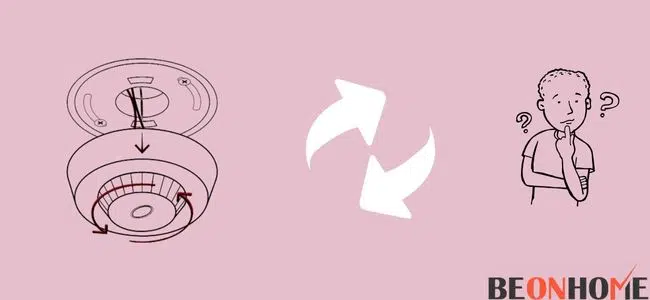
Mains-powered smoke alarms come with battery backup. You can either get a 9-volt battery that has to be replaced yearly or a non-removable long-lasting Lithium battery that lasts up to 10 years.
A mains-powered smoke alarm doesn’t primarily run on battery, and you don’t have to worry about replacing the batteries constantly. However, replacing the batteries at least once a year is ideal.
- Step 1: Open the cover. Gently open the cover from its base. The sensing chamber, a loud horn, and the battery inside the alarm can be found.
- Step 2: Replace the battery. Insert the battery correctly and make sure the terminals are connected properly.
- Step 3: Close the cover. Put the lid back on and test the detector. Turn on the sensor or cut off the main power supply to check if the battery backup is working.
Why Do These Alarms Keep Going Off?
Smoke alarms can go off not only when there are fires. Many factors can cause false alarms. Power issues and instability in the power supply, like changes in voltage, can cause the smoke alarms to malfunction or beep.
High humidity can cause false alarms, especially smoke alarms that use ionization. Humid air can be mistaken as smoke by the smoke alarms, which can set them off in hot weather. Cooking fumes can cause smoke alarms in the vicinity.
Steam can also cause smoke alarms to set off. Mainly if the warnings are located in poorly ventilated hallways and near bathrooms, the steam and high water vapour in the air can set off smoke alarms. Weak batteries can sometimes cause false alarms and make beep sounds.
Share circuits in a mains-powered system can cause interference. Electromagnetic interference with other electrical equipment on the circuit might activate the smoke alarm. There must be a considerable distance between other equipment like light fittings and smoke alarms.
Final Talk
Mains-powered smoke alarms are more reliable as they depend on a constant power source. They also come with battery backup, which must be replaced at least once a year in case of power outages. Mains-powered smoke alarms are interconnected, ensuring more safety as one alarm setting off will also cause all the warnings to beep and ensure everyone in and around the house is alert. Moreover, a mains-powered smoke detector for hearing-impaired people is also available. However, mains-powered systems are harder to install and require connection with the rest of the power circuit, which has to be done by an electrician.
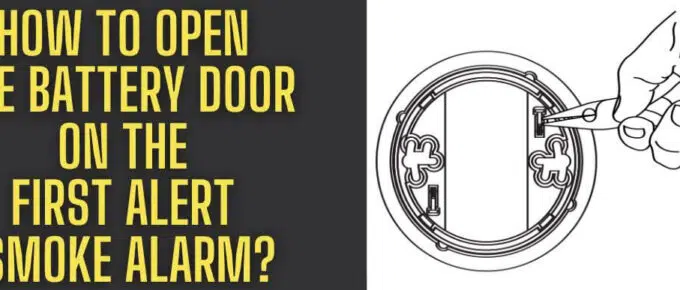

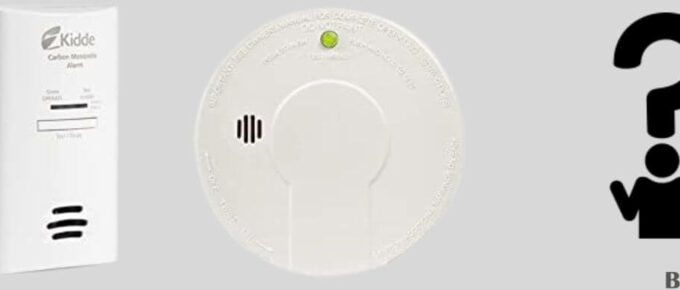
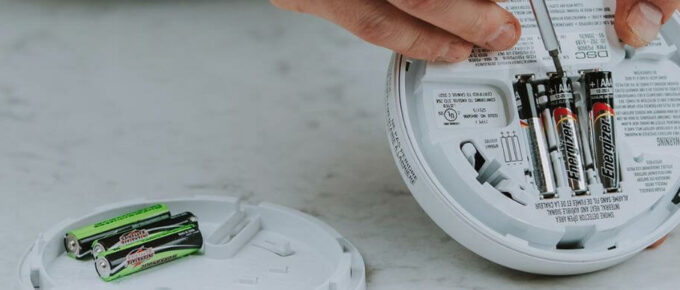
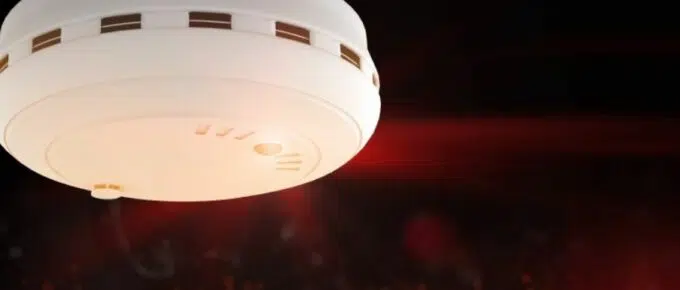
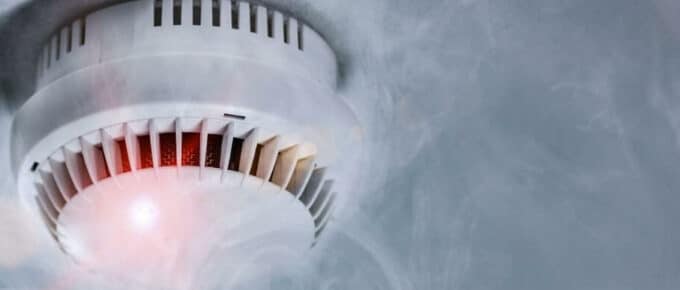
Leave a Reply